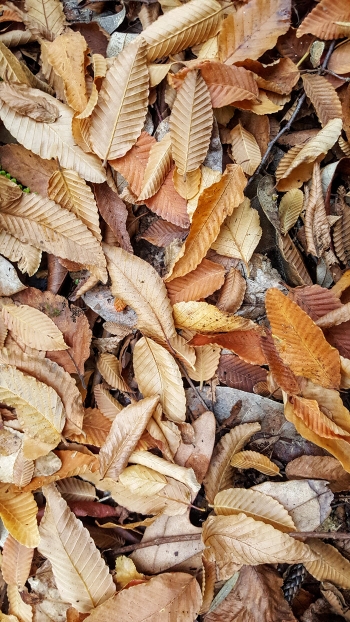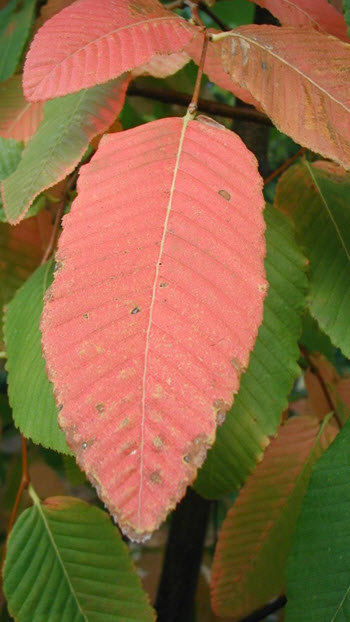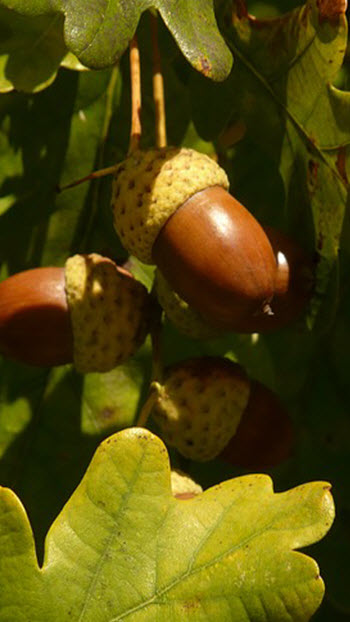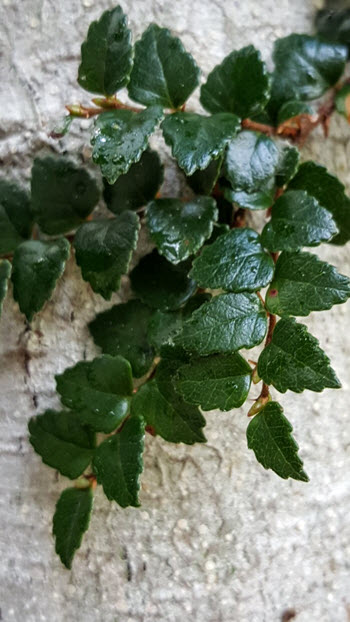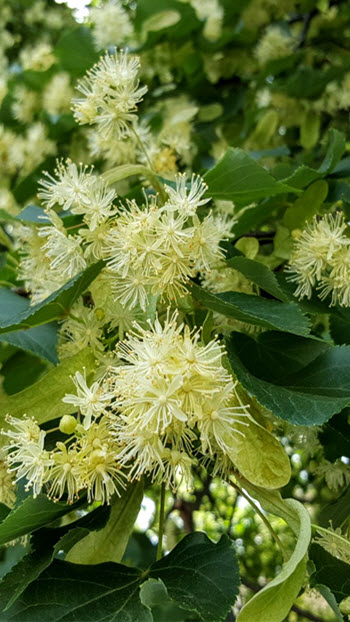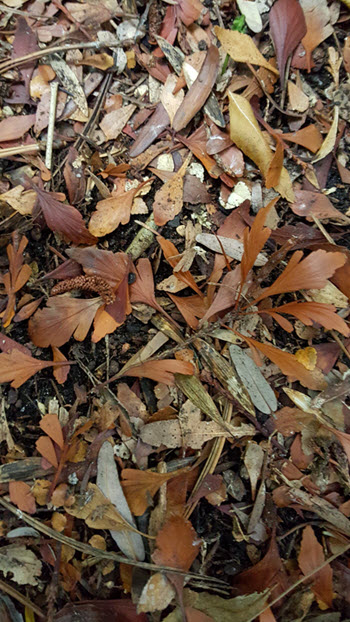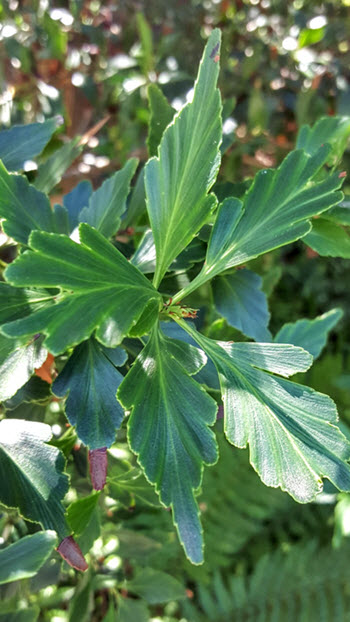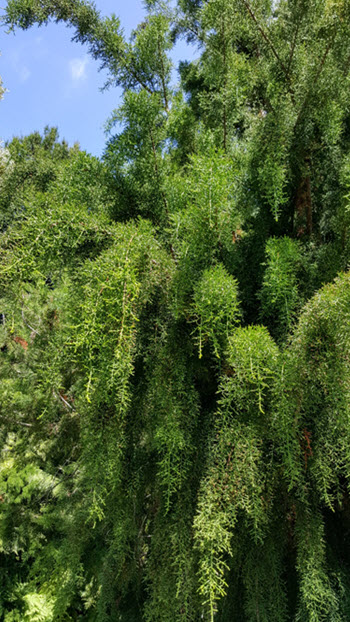 A great time of the year to take another look at the world around you. Start with a new perspective on the way in which you look at the natural world, beginning with the world under your feet; and in this case we are not talking about the wildlife that grows between your toes!
A great time of the year to take another look at the world around you. Start with a new perspective on the way in which you look at the natural world, beginning with the world under your feet; and in this case we are not talking about the wildlife that grows between your toes!
Within the leaves, sticks and other debris: What stories can it tell about the environment around you?
Take a look at the following images taken within the grounds of the Royal Tasmanian Botanical Gardens and see if you can work out what plant is featured in each using the leaf litter as your guide. Carefully observe the dominant leaf shapes and their forms they can help you to discover the answer. For those who frequent the Gardens you may even be able to tell where these images were taken? The following map gives you the locations of the plants featured but to keep the surprise, their names have not been included. Download the map to your mobile phone, mobile smart device or print a hard copy to bring in, then start exploring onsite and discover the plants yourself. Get the MAP
But whatever your previous experience, test your botanical knowledge or just have a bit of fun flipping the answers. You might even discover something new? Each image frame is an interactive flip-box that will twirl around when you run your cursor over the image. The answer lies on the reverse side of the flip box. They flip easily so be careful not to reveal the answer too soon.
Once you have done the online activity, come in and see the plants at the Gardens for yourself and get amongst the leaf litter. Have fun but please remember, don’t stand on the garden beds.
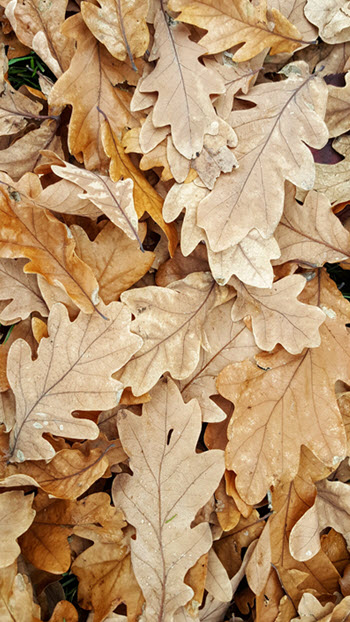
What plant has deposited this leaf litter?
HINT: A traditional deciduous European tree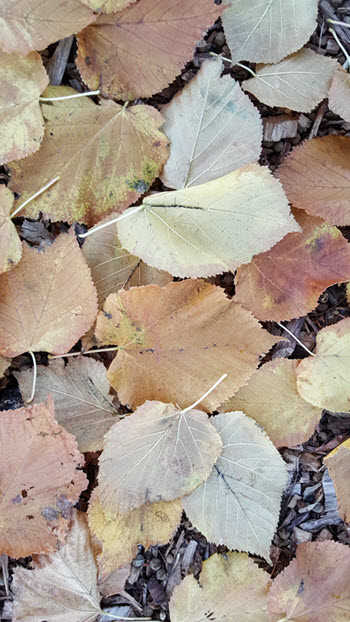
What plant has deposited this leaf litter?
HINT: A deciduous European tree with marvellous qualities

